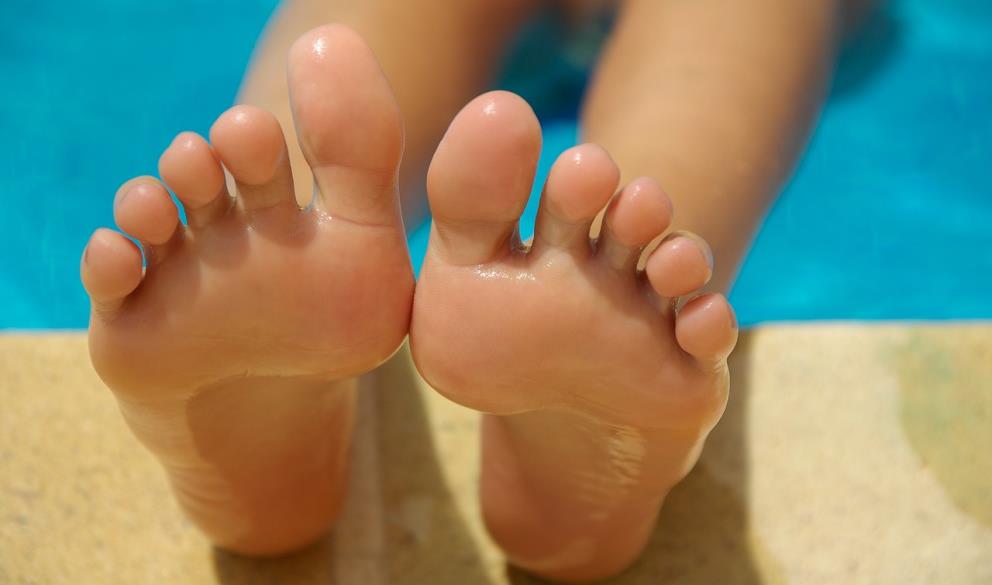Nailed nails
15/06/2024

Tags Consulta todas las novedades con la etiqueta chiropody
Ingrown toenails, also known as onychocryptosis, are a painful and bothersome condition that affects many people worldwide. This condition occurs when the edge of the nail curves and grows into the surrounding skin, causing redness, swelling, and pain. If not properly treated, ingrown toenails can lead to severe infections and additional complications. In this article, we will delve deeper into what ingrown toenails are, what factors contribute to their development, how they are diagnosed and treated, and what measures can be taken to prevent them.
What are Ingrown Toenails?
Ingrown toenails occur when the edge of the nail, typically on the big toe, penetrates into the surrounding skin. This can be caused by a variety of factors, such as cutting the nails incorrectly, wearing tight or pointed shoes, nail injuries, or having a naturally curved nail shape. When the nail embeds into the skin, it can cause irritation, inflammation, pain, and sensitivity in the affected area.
Risk Factors and Causes
Several factors can increase the risk of developing ingrown toenails. These include cutting the nails too short or at an angle, wearing ill-fitting footwear, having a family history of ingrown toenails, suffering nail injuries, or having certain medical conditions such as diabetes or nail growth disorders. Additionally, changes in the shape or structure of the nail, such as naturally curved nails, can also increase the likelihood of the nail becoming ingrown.
Symptoms and Diagnosis
The symptoms of ingrown toenails can vary from mild to severe, depending on the severity of the condition and whether there is any infection present. Common symptoms include redness, swelling, and tenderness in the area around the affected nail, pain when pressing or touching the nail, presence of pus or discharge, and even bleeding in more severe cases.
The diagnosis of ingrown toenails is typically made through a physical examination performed by a podiatrist or foot and ankle specialist. The professional will assess the patient's symptoms, examine the nail and surrounding skin, and may request additional tests, such as X-rays, to rule out underlying complications.
Treatment and Management
The treatment of ingrown toenails depends on the severity of the condition and whether there is any infection present. In mild cases, home remedies can be employed to alleviate pain and discomfort, such as soaking the foot in warm saltwater, applying topical antibiotic ointments, and wearing comfortable, spacious footwear. However, if the ingrown toenail is infected or does not respond to home treatment, professional medical attention may be required.
In the podiatry clinic, treatments for ingrown toenails may include carefully removing the embedded edge of the nail, applying special dressings to promote proper nail growth, and in some cases, performing surgical procedures to remove part or all of the nail. Surgical treatment may be necessary in chronic or recurrent cases of ingrown toenails or when complications such as severe infections or abscesses are present.
Prevention
To prevent ingrown toenails, it is important to follow some simple nail care guidelines. This includes cutting toenails straight across rather than at an angle, keeping nails at a moderate length, avoiding cutting the corners of the nails, wearing properly fitting footwear that does not squeeze the toes, and maintaining good foot hygiene. Additionally, if you have a family history of ingrown toenails or any underlying medical conditions that increase the risk, it is important to consult with a podiatrist for specific prevention recommendations.
In summary, ingrown toenails are a painful and potentially serious condition that can affect the quality of life of those who suffer from them. With proper diagnosis and treatment, it is possible to alleviate pain, prevent complications, and restore the health of the nails and feet.
To learn more about preventing ingrown toenails and properly caring for your feet, we invite you to explore our foot care section on our website. There, you'll find additional resources and details on how we can assist you in keeping your feet healthy and free from discomfort. Don't hesitate to click on the link for further information on preventing ingrown toenails and how we can help you maintain healthy and comfortable feet!
